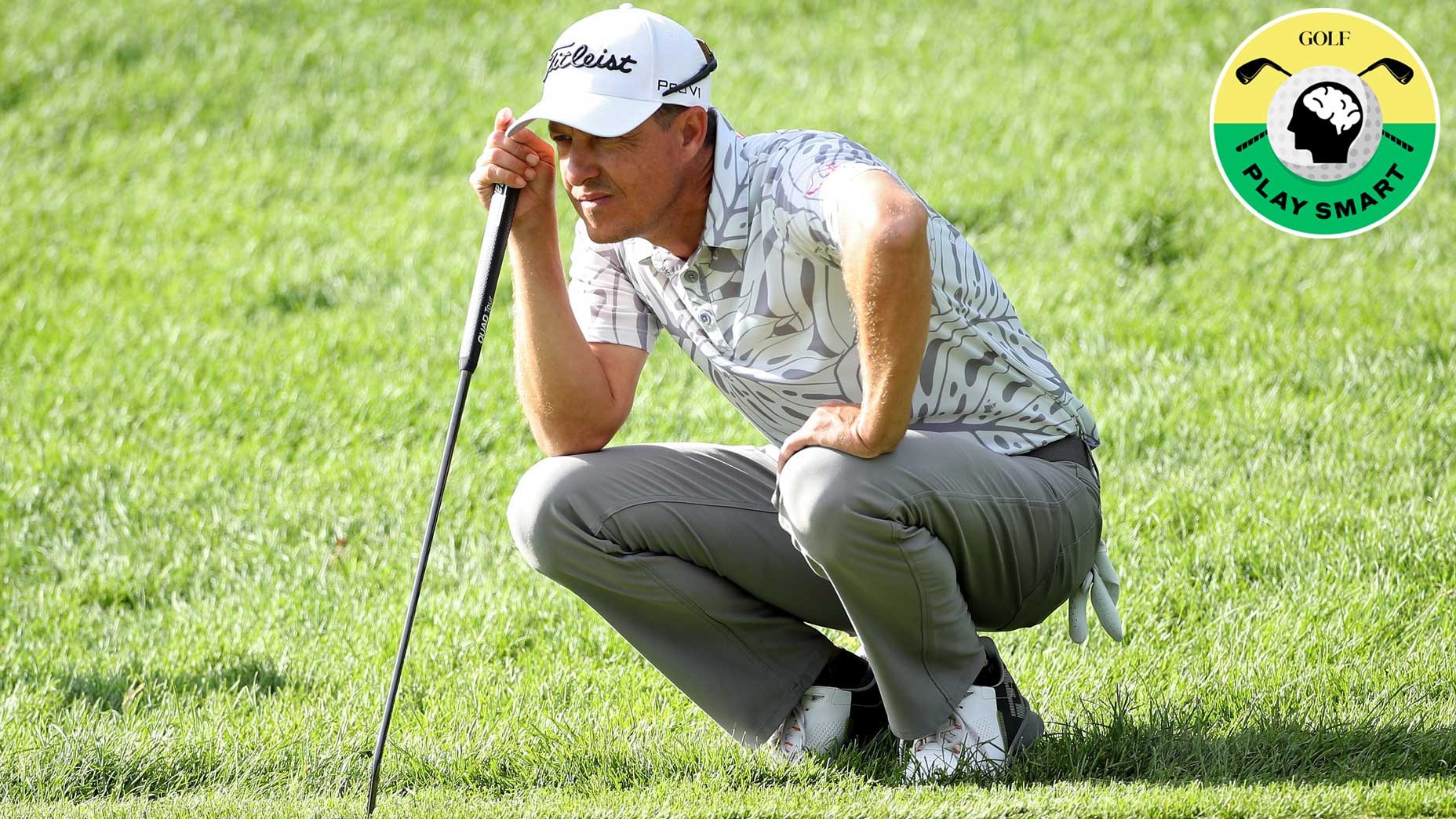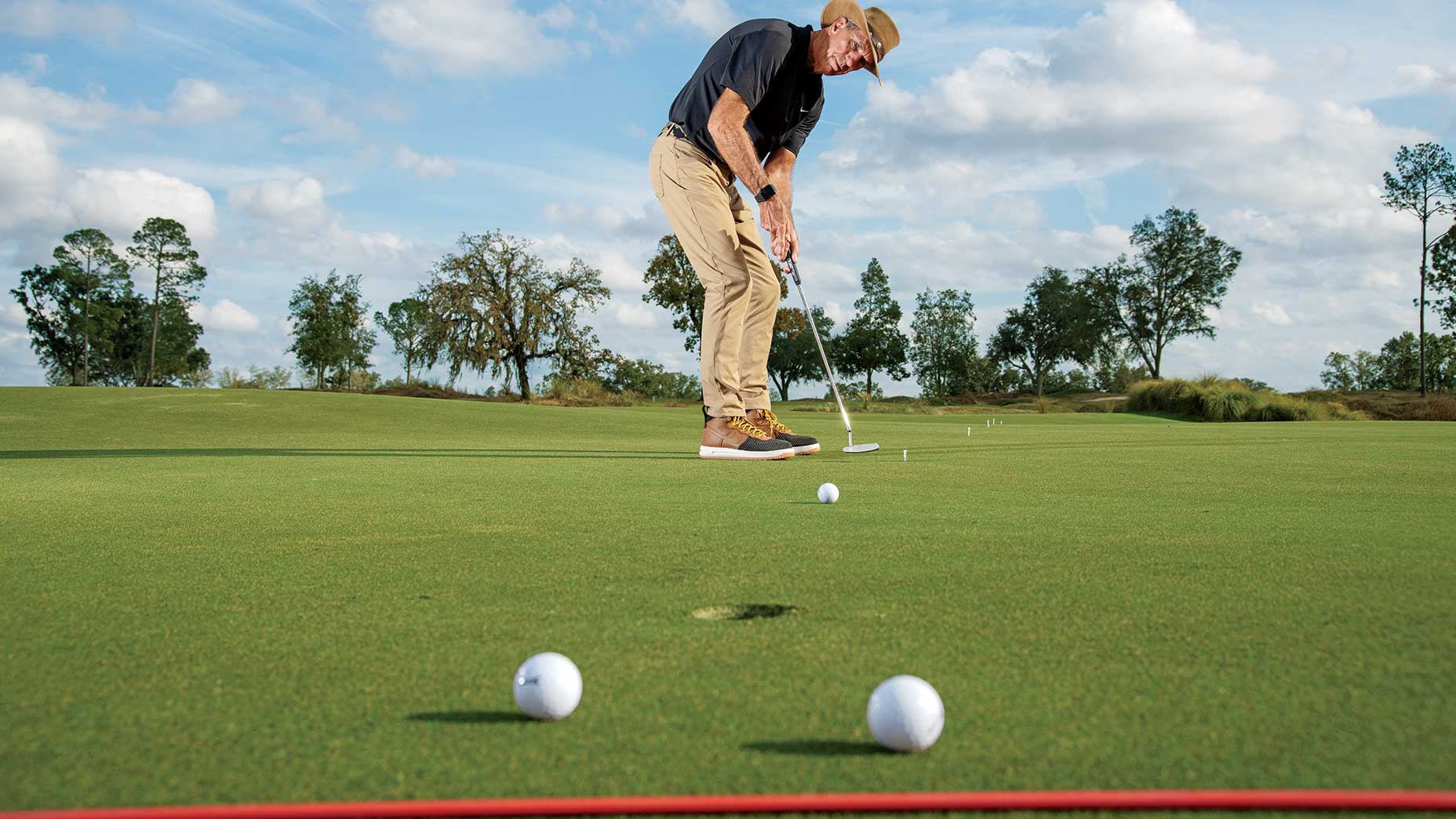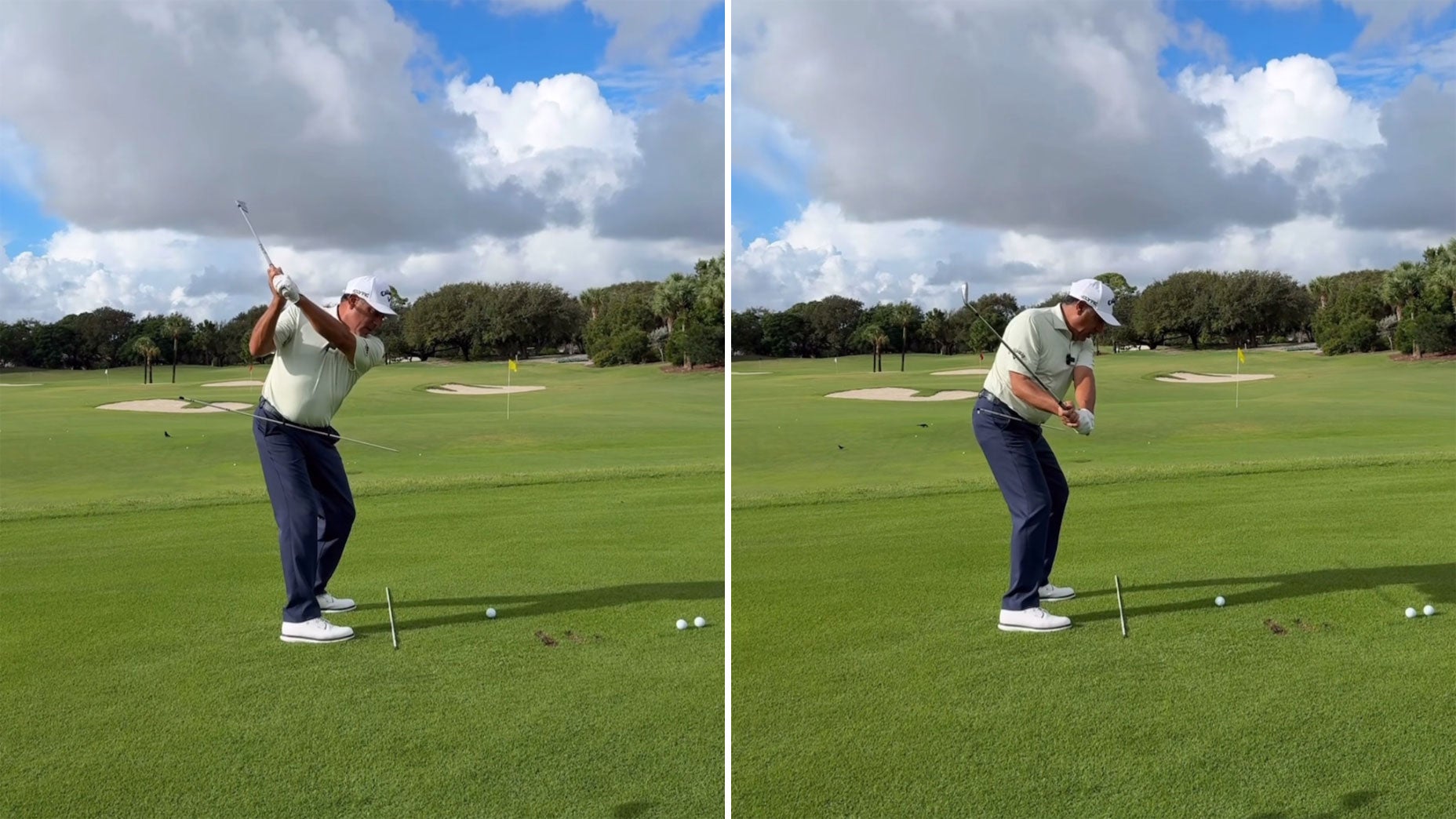There is no question that a great short game will help you score lower while also taking pressure off your long game. While practice and repetition will help, understanding the basic rules and guidelines of each shot type around the greens will also go a long way. Each shot you hit near the green requires a different strategy and technique, so you need to have many tools in your arsenal to execute at a high level.
Here are 10 short-game rules that every golfer should follow around the greens.
1. Stay still when putting
Distance control is key on the greens. Being able to lag the ball close is an important key to scoring well, and something great players are elite at. The most important variable for distance control is your backstroke length. Different length strokes produce different speeds and therefore predictable distances. To avoid other variables coming into play, your body and weight should stay still and balanced throughout the stroke.
2. Lean into chips
When hitting a shot with a lower trajectory, you want to keep your weight slightly forward throughout the shot. When you lean toward the target, your upper body and shaft angle should match up. If you lean the shaft more than your body, you will catch the leading edge in the turf and excessively dig. The end of the grip should point to the center of your body even as you lean forward. This helps keep the ball lower and also places the bottom of the swing arc on the target-side of the ball, helping you make ball-first contact.
3. When pitching, square looks open
This Tour winner has a website dedicated to improving your short gameBy: Zephyr Melton
When you hit a higher pitch shot, a square clubface will often look open. This happens because to engage the bounce of the club and make solid contact, you must slightly open the clubface. This helps the club “glide” rather than “dig” when it hits the ground. If you’re having trouble chunking chips, it might be worth checking to see if you are using the bounce well enough.
4. For less distance, use a shorter swing and narrower stance
For most shots, the shorter the backswing, the shorter the ball will travel. But some golfers don’t like using too small a stroke. If this sounds like you, try using an altered setup to assist you. Grip down further on the shaft and use a narrower stance. If you change your setup in this way, it’ll be easier to make a smaller swing in a controlled manner.
5. Hit the ground to get true launch
It might sound counterintuitive, but to launch the ball in the air, you must hit the ground. Lots of recreational players will try to scoop the ball to get it airborne, but the opposite technique is required. You must be willing to hit down on the ball and make a divot to get the ball up in the air.
6. Dig lower for bunker shots
When you have a green-side bunker shot, you want your club to enter the sand before the ball, pass under the ball through the sand and exit the sand after the ball. You will help to produce this motion with proper ball position (more forward in your stance) and by digging your feet into the sand. The more you dig your feet, the more you lower the bottom of your swing making it a natural occurrence rather than something you need to create manually. So remember: to hit a great bunker shot, dig your feet into the sand.
7. Swing length controls natural speed
Golfers with great short games look smooth and athletic for a reason. Their setups are likely quite good, but they become very good at changing swing and stroke size and have rhythm as a natural result. If you use the size of your backswing to control distance, you would not need to slow down your downswing or fake a long follow through. If you are told you need to follow through or accelerate, this is likely false and may be that the size of your backswing is too large or too small. Swing and stroke should be relatively equal back and through in size and rhythm.
8. Pivot for pitches
When you need to hit the ball high, make sure to allow your body to follow through on the shot so that the back heel comes up. This pivot will help the clubhead glide underneath the ball so it will launch high and spin once it hits the green.
9. Centered club position
With the short cut fairway length of many of the golf courses these days it can be more reliable to center your club in your body for most if not all of your short game shots. A ball too far back in the stance for chipping can cause the leading edge to dig and the ball flight to come out too low. A ball too forward for a pitch shot can cause the club to bottom out too early. If you take a practice swing and see that the club tends to hit the ground in the middle of the stance, then this centered club and ball position will likely help with consistent short-game shots.
10. Write it down
I think you need to write down your calibrated short game. It’s helpful to have feel around the greens, but it can also be beneficial to write down and chart your distances with each club. I’ve calibrated my own short-game shots and it has made a huge difference. Instead of having to rely on feel, I can rely on shots that I know down to the number. Having some basic guidelines and a plan for your short game can make a huge difference.











